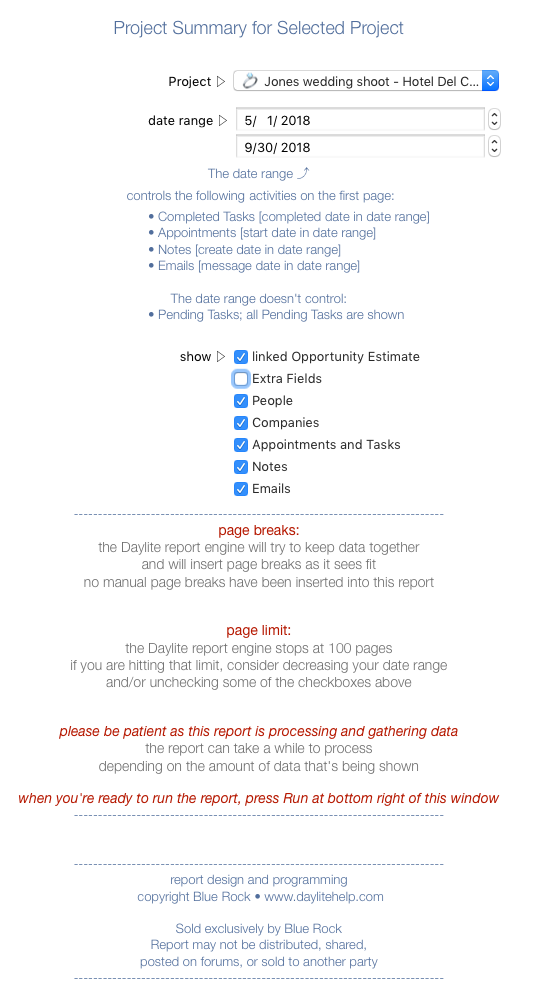

The challenge, however, is keeping track of all the information, communication, and action items with clients as your business grows.
#DAYLITE 6 USER REPORTS PROFESSIONAL#
This is especially important when you’re in professional services where your relationships are the lifeblood of your business.You’re bound to get more repeat clients and referrals when you build strong relationships because clients trust you.

Keeping track of communication and action items is essential to building strong relationships with clients and growing your business. A table is included giving the color temperature of some of the artificial light sources and their reciprocals, also the equivalent temperature with its reciprocal for various phases of daylight expressed both according to the Planck and according to the Wien equation.This is a guest post by Kristie Holden, VP of Marketing at Daylite. Various phases of daylight produce a visual sensation equivalent to the energy distribution as given by Planck’s equation or by a suitable but different choice of θ the same distribution may also be represented by Wien’s equation within the narrow limits of the visible spectrum, 0.40 μ to 0.70 μ. Artificial light sources may be described as having a spectral energy distribution in accordance with Wien’s equation within the limits of the visible spectrum. With αt to represent the change in reciprocal temperature for the given glass of thickness t, the change per unit thickness is α. If two points 2 and 3 on the spectrophotometric curve of such a Daylite glass are given, then 1/ θ 1−1/ θ 2= αt=0.0001607( β 2 t− β 3 t)/(1/λ 2−1/λ 3). With a given filter the reciprocal color temperature is raised by the same amount irrespective of the color temperature of the source and the change in reciprocal color temperature is proportional to the thickness of the glass color filter used. The spectral formula of such a filter is βt=0.4343 C 2(1/λ 1−1/λ) (1/ θ 2−1/ θ 1), θ 1 being the color temperature of the light source and θ 2 that of the transmitted light expressed in accordance with the Wien equation. If a color filter has a spectral transmission such that the logarithm of transmittance plotted against 1/λ yields a straight line cutting the 1/λ axis in a point corresponding to approximately λ 1=0.40 μ, such a filter will serve to increase the color temperature of a source although reducing its brightness. Such a color filter is useful as an absorbing screen in an optical pyrometer. The analysis of the Wien equation shows that a color filter in which the density, δ( δ=log 10 transmission) follows the equation δ=(6223/λ)(1/ θ 1−1/ θ 2) will reduce both the brightness and the color temperature of a complete radiator at temperature θ 1 to that of a complete radiator at a lower temperature θ 2.




 0 kommentar(er)
0 kommentar(er)
